tungsten carbide nozzle
Made of tungsten carbide alloy, the hardness far exceeds that of ordinary materials, and the nozzle performance is greatly improved, stable and reliable.
Nozzle Types Kedel Provides for You
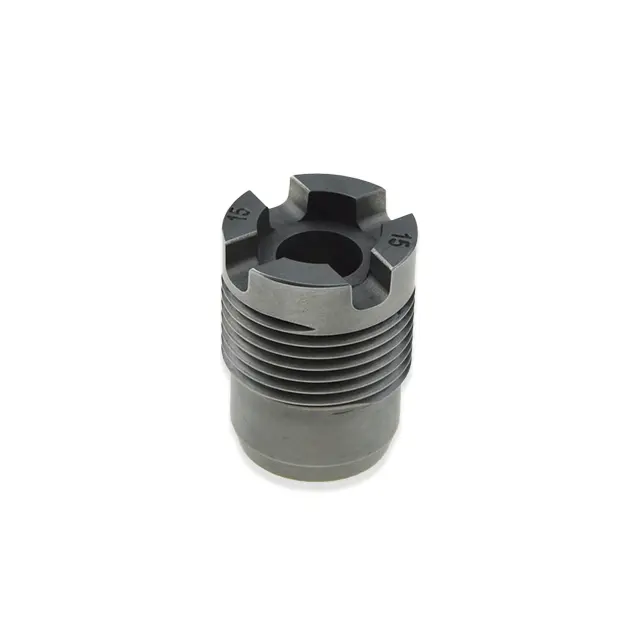
Cross - Groove Structure Nozzles
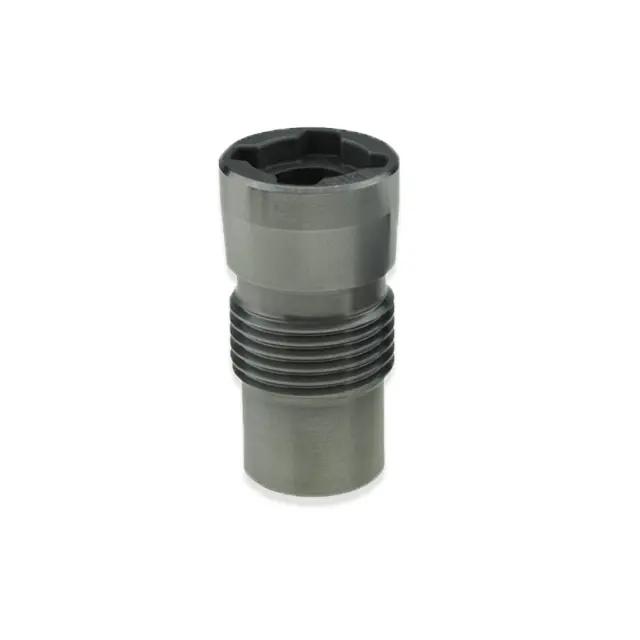
External Thread Structure Nozzles
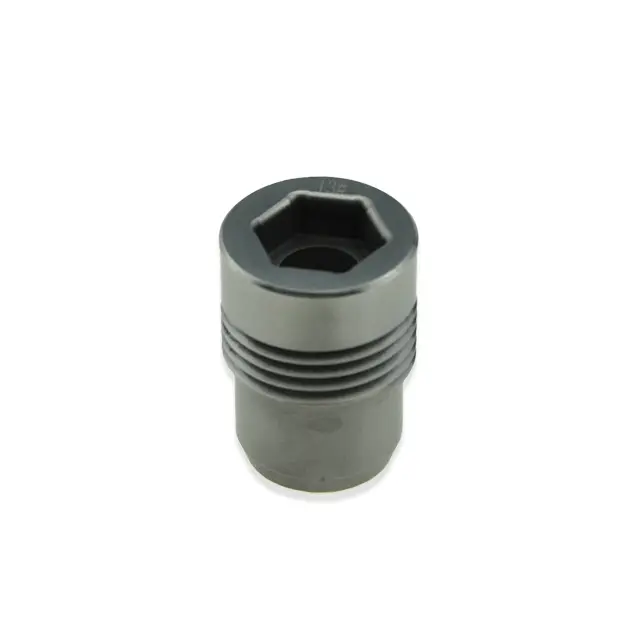
Hexagonal Structure Nozzles
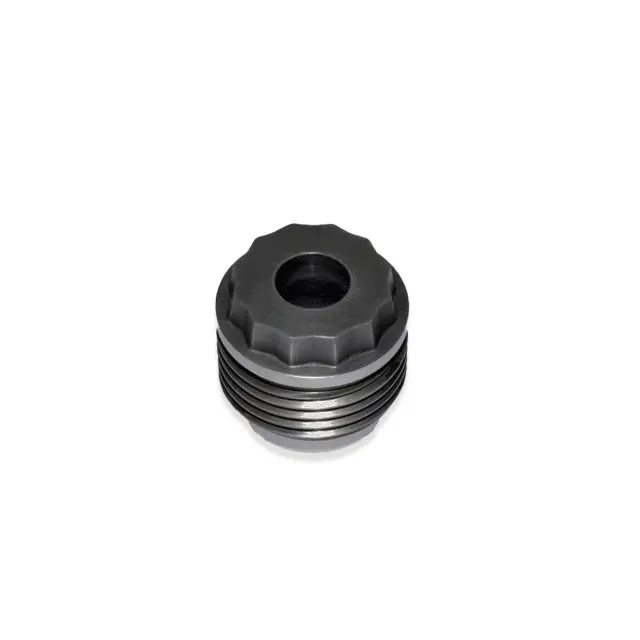
Plum - Blossom Arc - Shaped Structure Nozzles
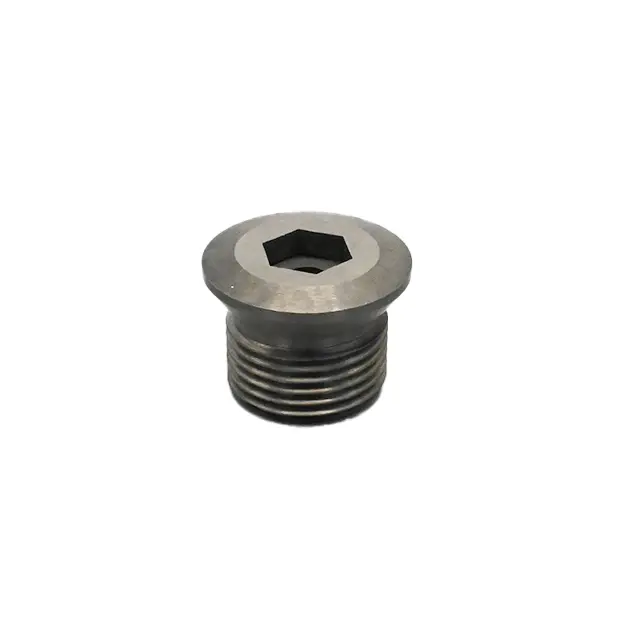
Through - Hole Structure Nozzles
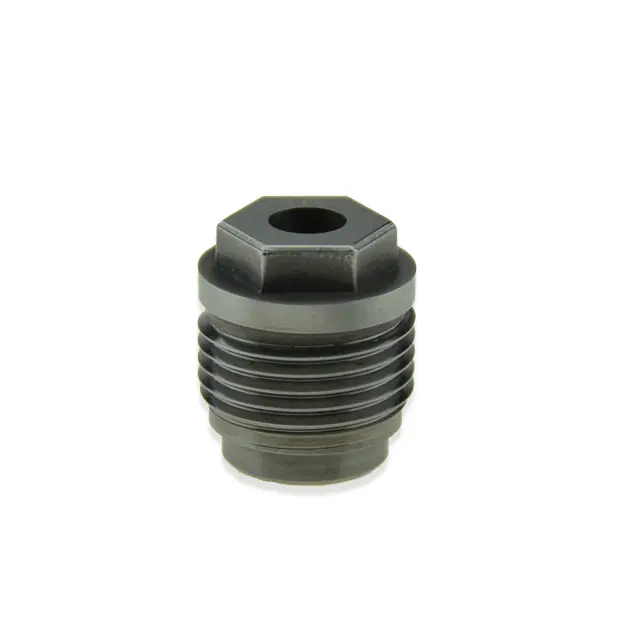
Hexagonal Structure Nozzles
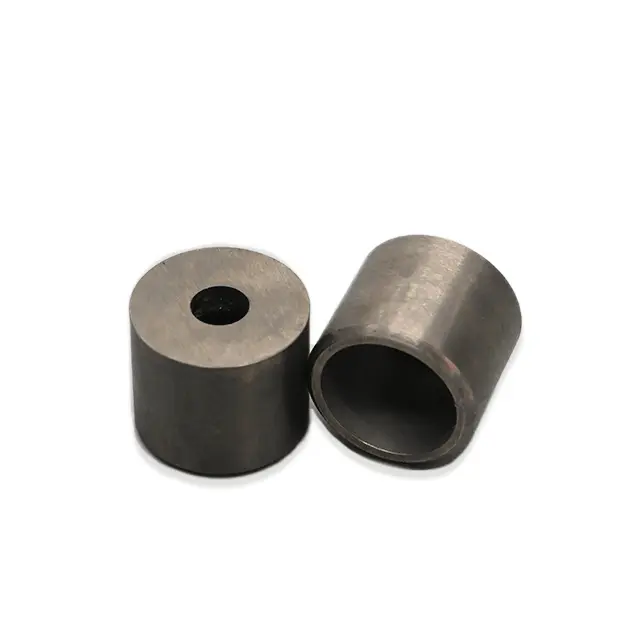
circular hole Structure Nozzles
Other related accessories that you may need

Nozzle Blank

Wrench

O-rings
The OEM bands we support
We are proud to be the long-term strategic partner for leading brands, wholesalers, and retailers across the
globe.
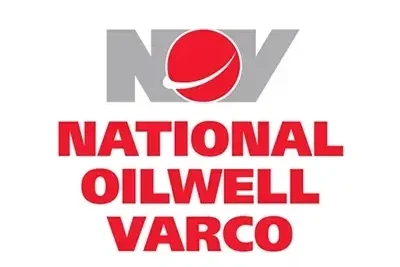







Can’t find the nozzle you’re looking for?
Please provide your equipment information, nozzle standards, operating environment conditions, and other customized information. We will communicate with you about the engineer’s customized solution (including thread drawings, material recommendations, and cost budget) within 72 hours.
What is a tungsten carbide nozzle?
Tungsten carbide nozzle is an industrial component made by pressing and sintering tungsten carbide material, which has high wear resistance, high strength, and high hardness to control the direction of a fluid or abrasive material being sprayed under high pressure.
The key characteristics and Benefits of Tungsten Carbide Nozzles:
- Extreme Wear Resistance: This is its number one advantage. They can last hundreds, or even thousands, of times longer than steel nozzles in abrasive applications.
- High Hardness: Resists scratching, deformation, and impact.
- Maintained Performance: Because the nozzle’s internal shape doesn’t change, it provides a consistent flow rate, pressure, and spray pattern throughout its long life.
- Corrosion Resistance: The material also holds up well against many chemical agents.
- Long-Term Cost-Effectiveness: While the initial purchase price is higher than steel, the dramatically longer lifespan and reduced downtime for replacement make them far more economical in the long run.

Common Nozzle Hole Structures
The type of nozzle determines key characteristics such as the ejection pattern, velocity, flow rate and distribution range of the fluid.

Straight Hole Type
- Structural Feature: Straight-through cylindrical shape with no contraction or expansion in the internal flow channel, featuring an extremely simple structure.
- Functional Advantage: Provides a stable and continuous jet flow pattern with low pressure loss during fluid passage.
- Typical Applications: Conventional scouring (e.g., industrial equipment surface cleaning), cooling scenarios (e.g., drill bit cooling, mechanical component heat dissipation).
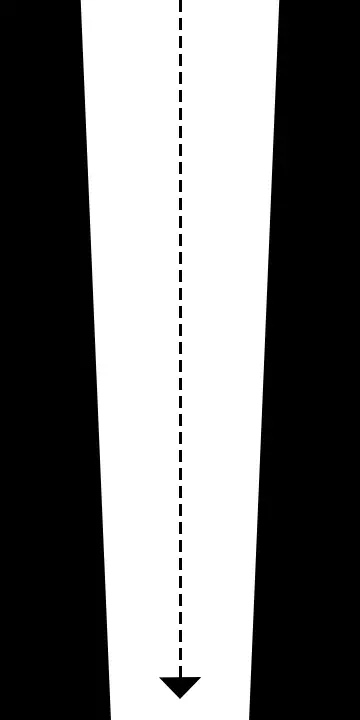
Convergent Type (Conical)
- Structural Feature: Larger diameter at the inlet, gradually narrowing to a smaller outlet, forming a conical flow channel.
- Functional Advantage: Accelerates fluid velocity through cross-sectional area reduction, significantly enhancing the kinetic energy and concentration of the jet.
- Typical Applications: High-impact scenarios (e.g., drilling fluid rock breaking, ore crushing), atomization systems (e.g., fuel spraying, agricultural pesticide spraying).
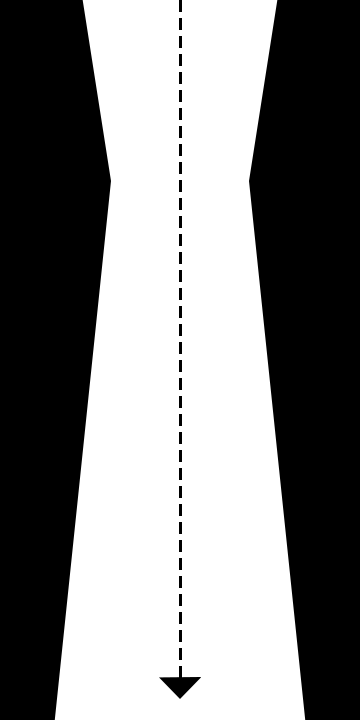
Venturi Type
- Structural Feature: Composed of a contraction section, throat (minimum cross-sectional area), and diffusion section, forming a streamlined composite structure.
- Functional Advantage: Forms a high-speed jet at the throat while generating a vacuum suction effect via the Venturi effect.
- Typical Applications: Scenarios requiring mixing or suction (e.g., chemical fluid mixing, vacuum 引流 in oil and gas extraction), high-kinetic-energy injection (e.g., high-pressure water jet cutting).
What types of drill bits can tungsten carbide nozzles be used with?
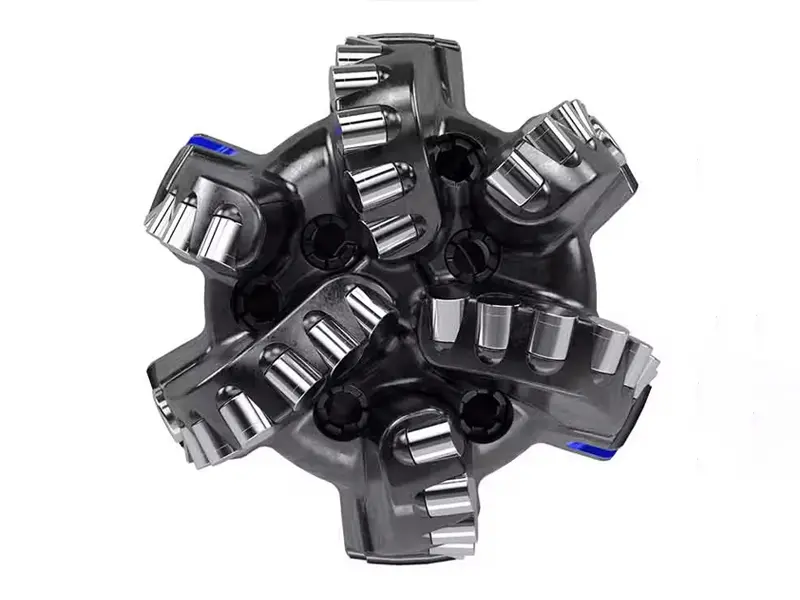
PDC Bits
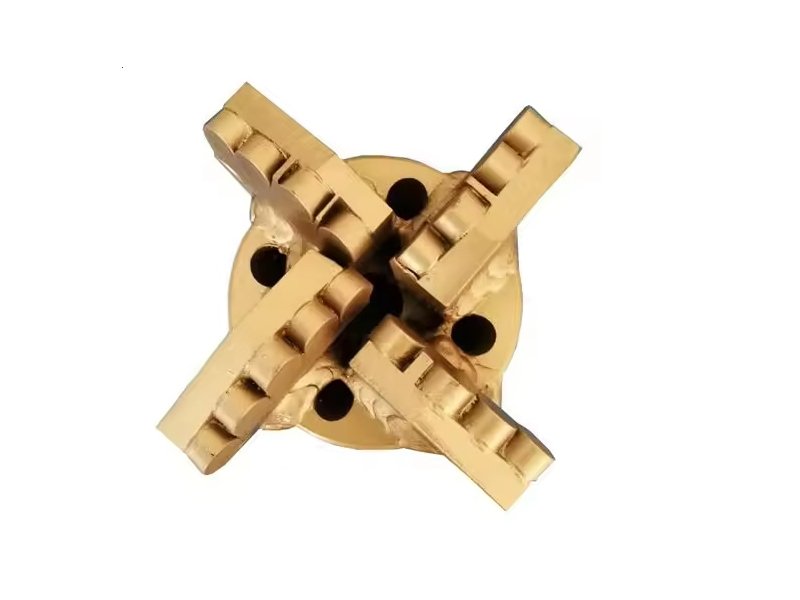
Drag Bits
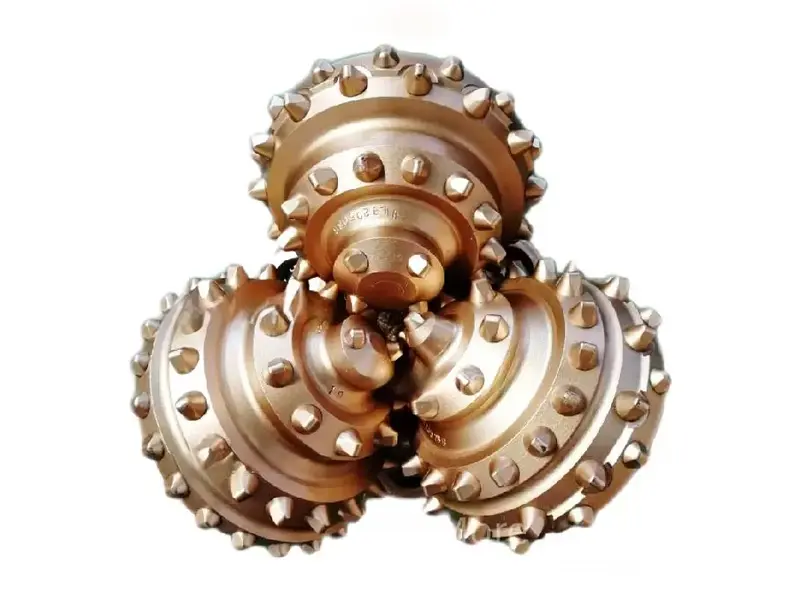
Roller Cone Bits

DTH Bits
What application scenarios is the tungsten carbide nozzle suitable for?
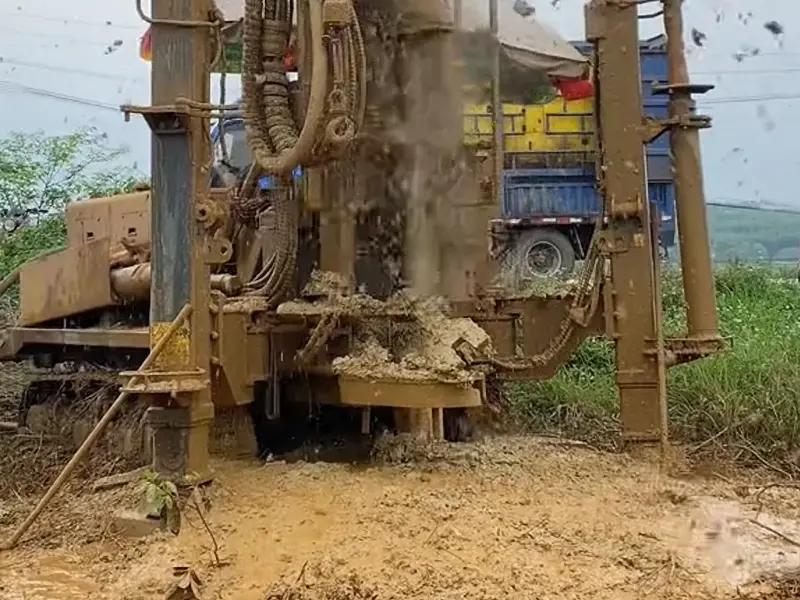
Domestic water well drilling
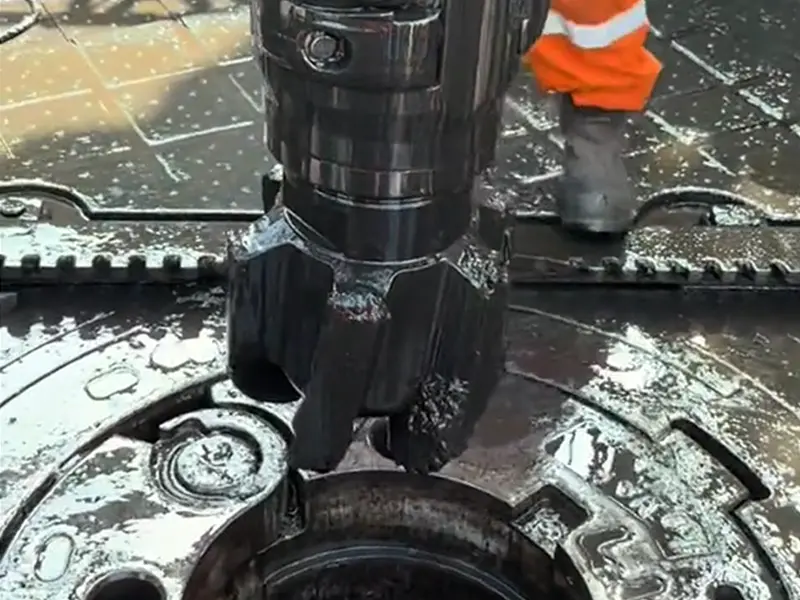
Oil and gas exploration & development
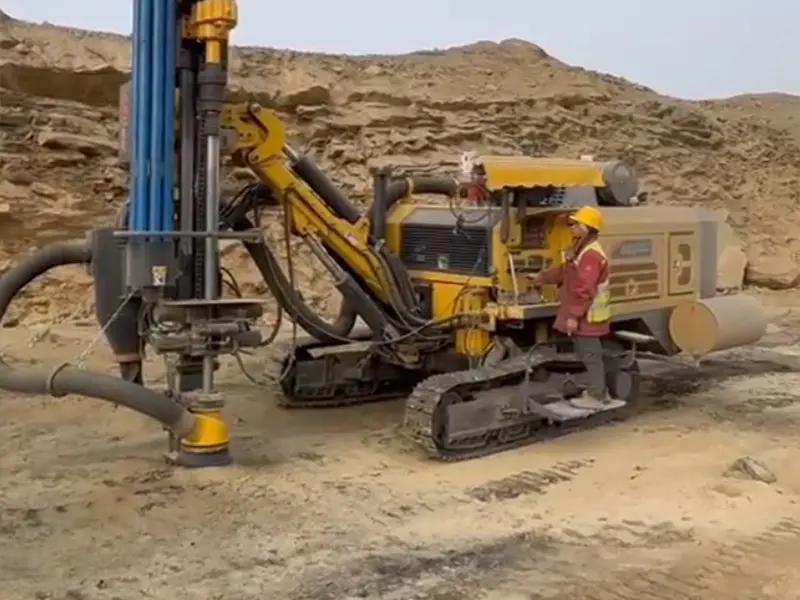
Blasting hole drilling in open-pit mines
What You Need to Know About Common Nozzle Parameters
Material-Related Parameters
| WC Content Range | Core Performance | Typical Scenarios |
|---|---|---|
| ≥95% (High Content) | Strong abrasion & hard rock impact resistance | Sand-laden mud drilling, granite penetration |
| 85%–90% (Medium-Low) | Balanced hardness & toughness | Conventional drilling fluid circulation (e.g., sandstone reservoirs) |
- 📌 High content excels in wear resistance but has lower toughness; medium-low suits broader general drilling.
| Binder Type | Core Property | Applicable Scenarios |
|---|---|---|
| Cobalt-based (Co) | Impact resistance + high wear resistance | Mainstream drilling for roller cone / drag bits |
| Nickel/iron-based | Acid & alkali corrosion resistance | Acidic oilfields (sour gas wells), corrosive environments |
- 📌 Cobalt-based is industry standard (cost-effective); Ni/Fe-based is tailored for corrosive conditions.
Structural and Dimensional Parameters
| Parameter | Core Feature | Use Case |
|---|---|---|
| Orifice Diameter | 0.5–20mm (2–10mm common) Small: High speed Large: High flow | Small (<5mm): Hydraulic breaking, sandblasting Large (>8mm): Mud circulation, cooling |
- 📌 Small = Strong impact | Large = Less clogging
| Parameter | Types & Features | Use Case |
|---|---|---|
| Orifice Shape | Straight: Stable flow Convergent: Faster fluid Venturi: High speed + vacuum | Straight: Bit cooling, cuttings cleaning Convergent/Venturi: Drilling fluid breaking, fuel atomization |
- 📌 Straight = Basic | Convergent/Venturi = High energy
| Parameter | Core Feature | Use Case |
|---|---|---|
| Nozzle Length | 10–100mm (20–50mm common) Long: Stable flow Short: Fast response | Long: Deep-hole cuttings transport Short: Real-time drilling cooling |
- 📌 Long = Deep holes | Short = Quick cooling
| Parameter | Types & Features | Use Case |
|---|---|---|
| Installation Type | Welded: Sealed, non-removable Threaded/Cartridge: Removable, easy maintenance | Welded: Deepwater drilling Removable: Shallow mining (frequent changes) |
- 📌 Welded = Long-term | Removable = Easy repair
Fluid Dynamics Parameters
| Parameter | Core Info | Use Cases |
|---|---|---|
| Working Pressure | 10–200 MPa (30–150 MPa common) Low: Stable flow | High: Strong impact | Low (<50 MPa): Soft rock drilling (mud cooling) High (>100 MPa): Shale gas fracturing, mining waterjet cutting |
- 📌 Low = Routine Jobs | High = Fracturing/Hard Rock
| Parameter | Core Info | Use Cases |
|---|---|---|
| Discharge Coefficient (C) | 0.7–0.95 High C: More flow | Low C: Faster speed | High C (>0.9): Mud transportation Low C: Sandblasting, high-pressure injection |
- 📌 High C = Move More Fluid | Low C = Boost Jet Speed
| Parameter | Core Info | Use Cases |
|---|---|---|
| Spray Angle | 15°–180° (30°–90° common) Small: Focused force | Large: Wide coverage | Small (<45°): Central bit nozzle (rock breaking) Large (>90°): Peripheral nozzles (borehole wall cleaning) |
- 📌 Small = Targeted Breaking | Large = Area Cleaning
What are the commonly used threads for Tungsten carbide nozzles?
If customization is needed to match special equipment or operating conditions (e.g., non – standard thread profiles, pitches, or sealing structures), we support custom thread design according to customers’ drawings or technical documents, ensuring connection compatibility and operational stability.
| Thread Standard | Common Threads |
|---|---|
| British | 3/4 12UNF, 1-12UNF, 1 1/16-12UNF ,7/8-16UN, 11/16-12UN, 15/16-16UN, 1 1/4-12UNF, 1-14UNF-2A |
| Metric | M20x2, M22x2-6g, M27x2-6g, M32x2-6g, M39x2-6g |
What inner hole diameters range we can do?
Beyond standard inner – hole specifications, we support customization according to customers’ drawings or technical documents (including non – standard diameters and special flow channels), precisely matching drill bit models and formation conditions. Just provide design drawings or parameters to start custom production.
| Inner Hole Size (mm) | |||
|---|---|---|---|
| 6/32 | 6# | 0.1875′ | 4.76mm |
| 7/32 | 7# | 0.2188′ | 5.56mm |
| 8/32 | 8# | 0.2500′ | 6.4mm |
| 9/32 | 9# | 0.2813′ | 7.1mm |
| 10/32 | 10# | 0.3125′ | 7.9mm |
| 11/32 | 11# | 0.3438′ | 8.7mm |
| 12/32 | 12# | 0.3750′ | 9.5mm |
| 13/32 | 13# | 0.4063′ | 10.3mm |
| 14/32 | 14# | 0.4375′ | 11.1mm |
| 15/32 | 15# | 0.4688′ | 11.9mm |
| 16/32 | 16# | 0.500′ | 12.7mm |
| 17/32 | 17# | 0.5313′ | 13.5mm |
| 18/32 | 18# | 0.5625′ | 14.3mm |
| 19/32 | 19# | 0.5938′ | 15.08mm |
| 20/32 | 20# | 0.6250′ | 15.88mm |
| 22/32 | 22# | 0.6875′ | 17.46mm |
| 24/32 | 24# | 0.7500′ | 19.05mm |
| 26/32 | 26# | 0.8125′ | 20.64mm |


